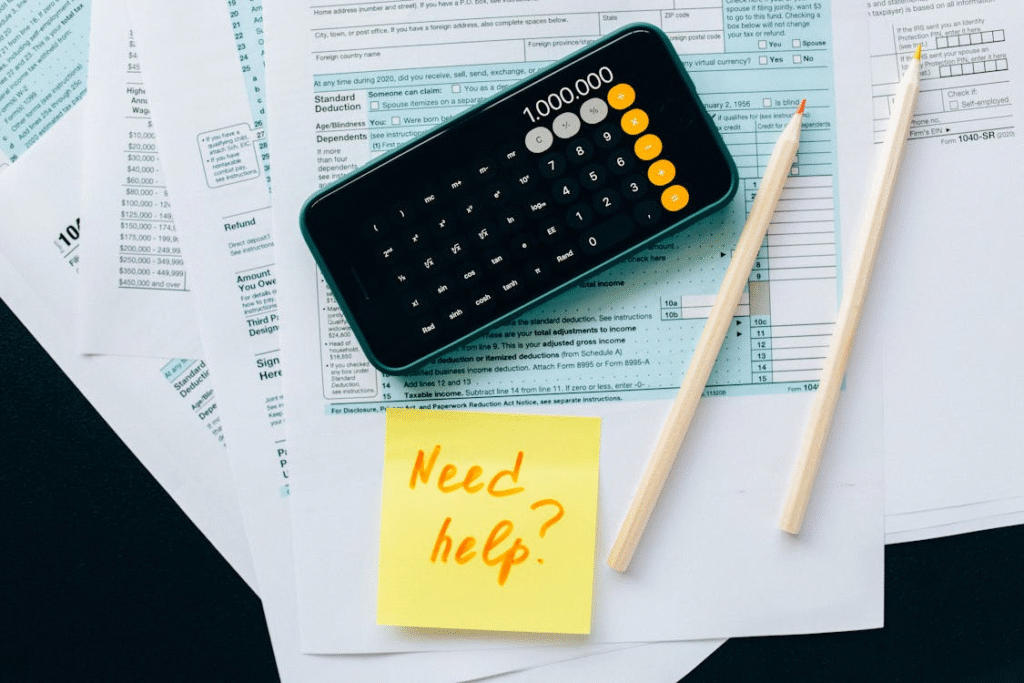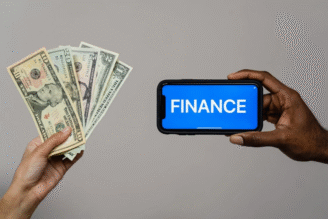How to improve your debt to income ratio? See the main tips
Learn how to improve your debt-to-income ratio with practical and effective tips. Understand your finances and reduce debt impact.
Understand how to improve your debt to income ratio

The debt-to-income ratio is one of the main indicators of a person’s financial health. When this ratio is unbalanced, that is, when debts consume a large portion of what you earn, the risk of default increases and your quality of life tends to decline.
If you feel like you’re losing control or want to better organize your finances, there are practical and accessible actions to change this scenario.
See below for essential tips to improve your debt to income ratio and ensure a more peaceful future. Read the content until the end!
1. Understand Your Current Financial Situation
Before making any changes, you need to know where you stand. Write down all your income, including salary, side jobs, commissions, or any other money inflow.
Then, list all your fixed expenses (such as rent and bills), variable expenses (like groceries and transportation), and any existing debts.
Having this clear overview allows you to know exactly how much of your income is already committed.
2. Calculate Your Debt to Income Ratio
After identifying everything you earn and spend, calculate how much of your monthly income goes toward debt.
Add up all your monthly debt payments and divide the total by your net income. A result below 30% is considered healthy. Anything above that is a warning sign. Above 50%, there’s a high risk of default.
3. Renegotiate high interest debts
If you already have financial commitments weighing on your budget, renegotiating can be a great relief. Contact banks, financial institutions or credit companies to try to get better conditions
- Exchange an expensive debt (such as a credit card or overdraft) for a loan with lower interest rates;
- Reorganize installments with a longer term and lower amount, fitting into your budget;
- Request temporary payment breaks (some institutions offer this in cases of proven hardship).
Negotiating is your right, and many companies are open to facilitating payment to avoid default.
4. Cut expenses and adjust your lifestyle
It’s not always easy to reduce your standard of living, but in times of need, it may be necessary. Review your spending habits and identify where you can save without losing quality of life. Some ideas:
- Switch brands of products at the supermarket;
- Cancel or replace streaming services, gym memberships, and cell phone plans;
- Reduce delivery orders and meals out;
- Reorganize outings and leisure activities with free or low-cost options.
Remember, cutting back doesn’t have to be forever. It’s a tool to help you rebalance your financial life now.
5. Increase Your Income
This can be the most effective step to improve your debt-to-income ratio. If you’ve already cut costs and still feel financial pressure, increasing your income can make all the difference.
You can look for side jobs, sell products, or offer services based on skills you already have. Even temporarily, this extra income can provide relief.
6. Create and Follow a Monthly Budget
Building a financial plan helps you better control expenses and avoid overspending. Divide your income into main categories (housing, food, transportation, debts, leisure, and savings).
Track your income and expenses regularly and make adjustments whenever you notice imbalances. Free apps or a simple spreadsheet are enough for this control.
7. Build an Emergency Fund
Even with existing debts, it’s important to set aside a small amount, even if it’s little, for emergencies. Having a financial cushion prevents unexpected events from turning into new debts.
Ideally, accumulate the equivalent of three to six months of fixed expenses in a secure and easily accessible account, such as a digital account with automatic earnings or a CDB with daily liquidity.
Improving the debt-to-income ratio is a process that requires patience and consistency, but it’s entirely possible. Understanding your financial reality, renegotiating debts, cutting costs, seeking additional income, and building an emergency fund are essential steps to regain balance.
Start with what you can do today. Every small action counts toward building a healthier and more peaceful financial life.
If you’d like, I can help with a sample budget template or a guide to financial tracking apps, just choose what suits you best: budget template or finance tracking apps.






